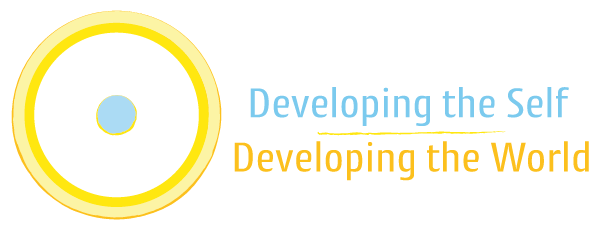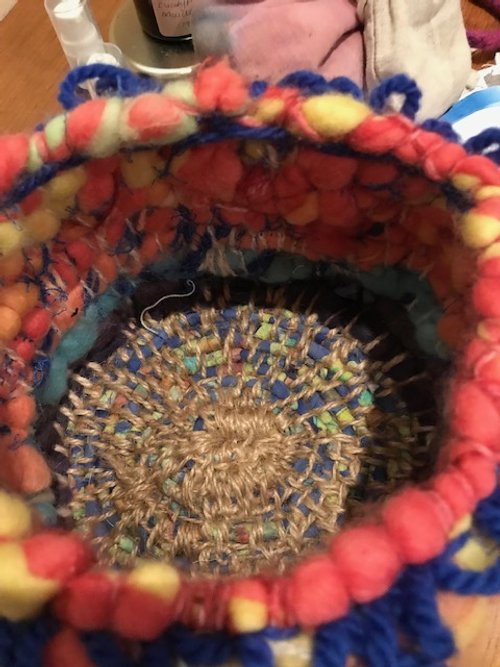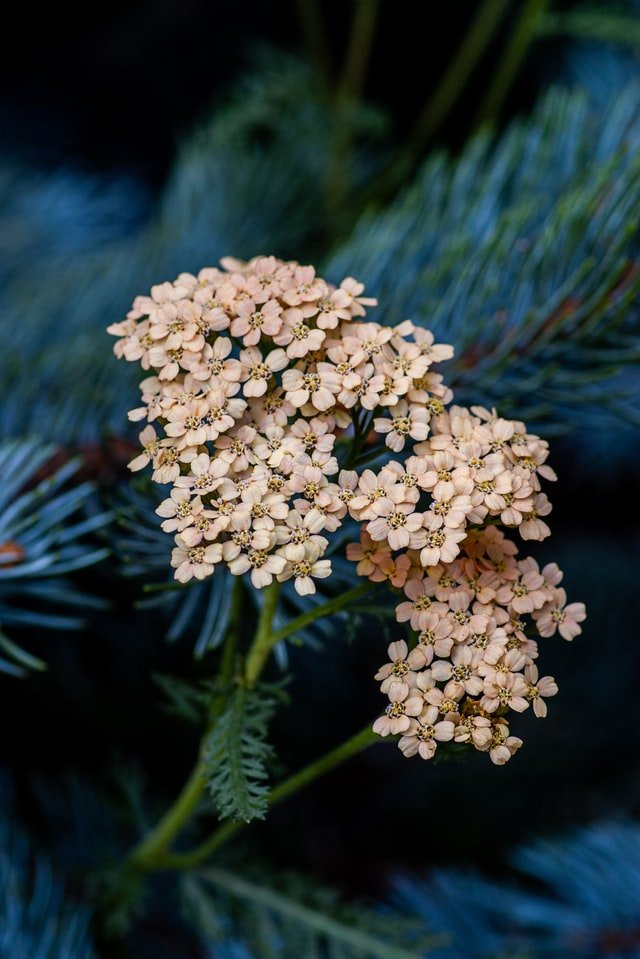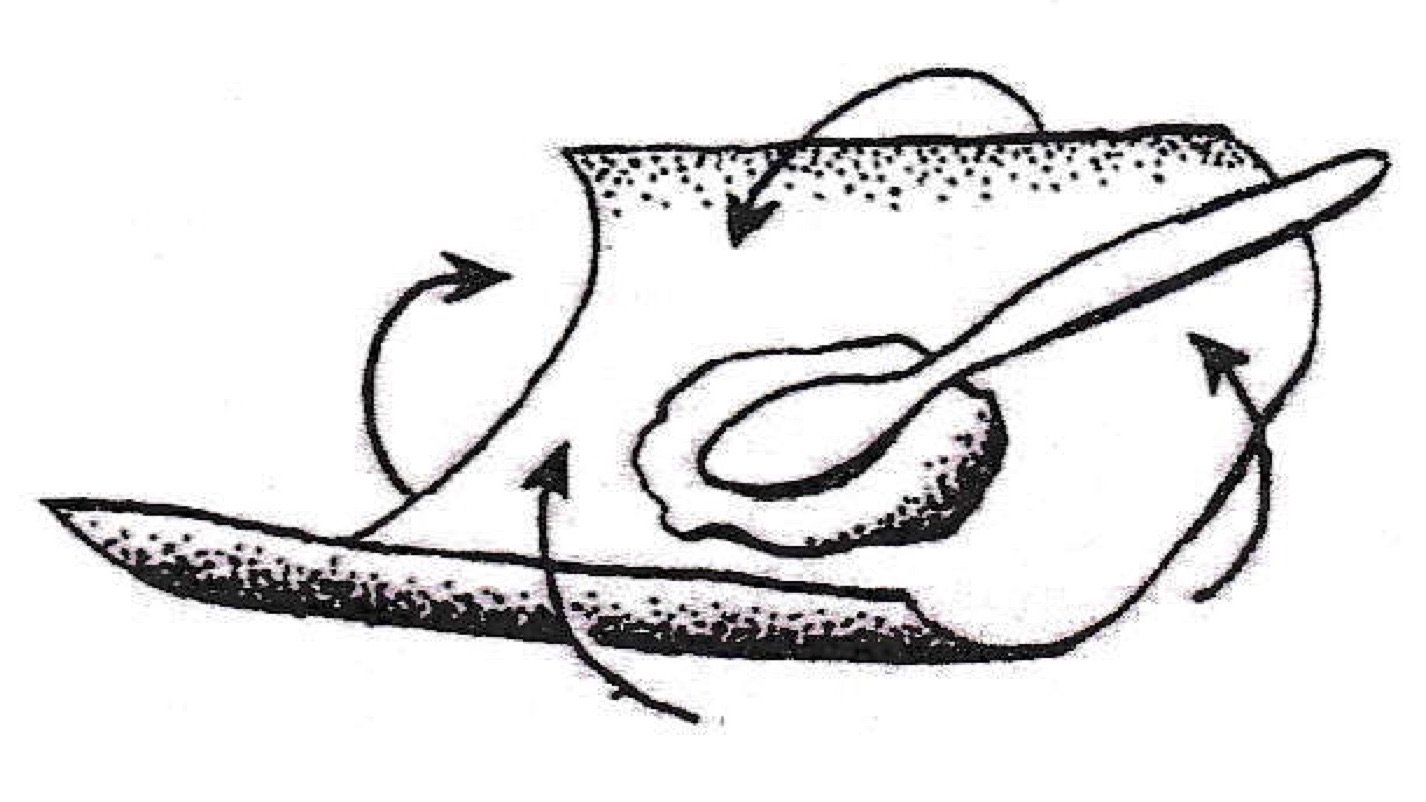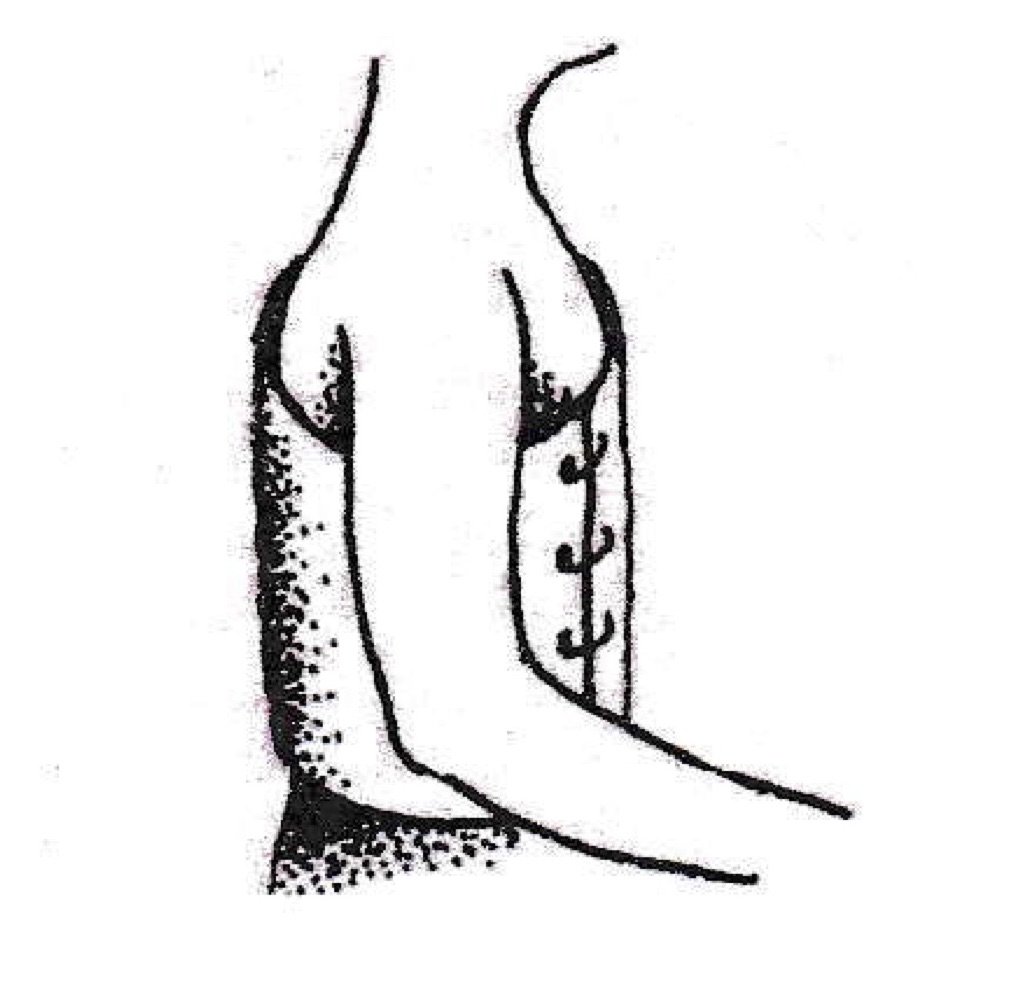Instructions
Make the tea in the thermos. You need about half a litre of water and it will take about 10 minutes to steep.
On the bed, lay a large sheet that will be used to cocoon the patient; the patient will lie on the sheet and be wrapped in it. Make the pillow comfortable and the room temperature suitable for them to be wrapped completely (including around the head and ears and over the eyes). Ideally the fan is off and the room quiet. We are seeking a non-stimulating environment to block out sensory experiences and allow the yarrow, touch of the sheets and warmth to be the only things the person experiences.
Onto the sheet lay out the scarf and then the scarf liner on top. Line it up to be able to cover the liver once the person is lying on it. The liver sits on the right hand side of the body inside and slightly below the ribs.
The person now lies down in position on the scarf and liner, remove or fold back any clothing that is in the way.
Lightly wrap the scarf and liner around the patient, place the hot water bottle on top so that the area warms and they start to relax.
Open up the wringer cloth fully. Place into the centre of it the compress cloth that you have folded and rolled up (in such a way that when you unwrap it, you will be able to place it neatly over the liver). Then roll the cloths together like a bonbon.
Put the bonbon in the bowl, keeping the ends dry so you can hold them to wring. Pour over the tea, straining as you go. Then when it is soaked through, wring very well. Take the 3rd cloth as an extra wringing layer to protect your hands and make sure you can not squeeze any more drops out of the cloths. We are trying to achieve a hot cloth that has been soaked in tea, but is not dripping wet. (Otherwise It will burn the skin if hot water still remains in the cloth, and it will then go cold much faster.)
The inner cloth is the only one used on the patient. There is about 5 seconds between it being too hot, and being too cold. So make sure the patient is ready. Give a wring to make sure no more drips remain, then unwrap the bonbon. The patient will need to roll slightly to their left so the inner compress cloth can be placed around their back on the right side. It WILL be hot when you lay it on the skin, but if you have successfully wrung it, only the first second will feel very hot. In a gentle but non-delayed motion take one end of the scarf liner and wrap it firmly but gently over the compress cloth and tuck it under the person’s side, do the same with the other end. Then repeat with the woollen scarf over the top. The idea here is to compress the cloth onto the body without air being able to enter the area. Place one hot water bottle around their back and side and one on top.
Cocoon or keep the sheets tucked close to the patient’s body so the only part exposed is the mouth and nose. There they rest for 20 mins.
After 20 mins quietly loosen the sheet and scarf enough that you can slide out the compress cloth and let them continue to rest for a further 20 mins. The rest is equally as important as the compress. If they are hot, loosen the cocoon, keeping them in a quiet space.
If the compress feels cold to the patient it should be removed as a cold compress is detrimental. It is the warmth of a compress that aids the therapeutic effect.

